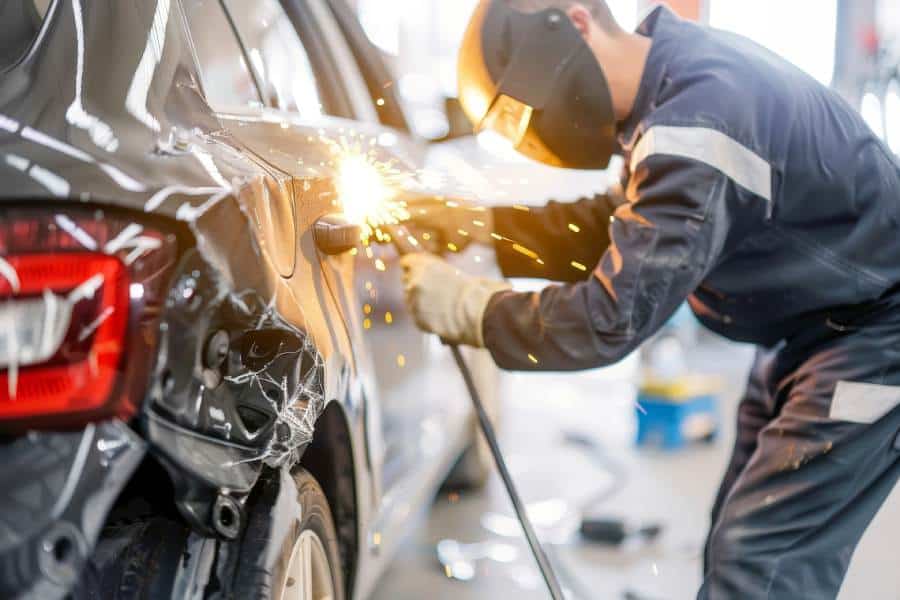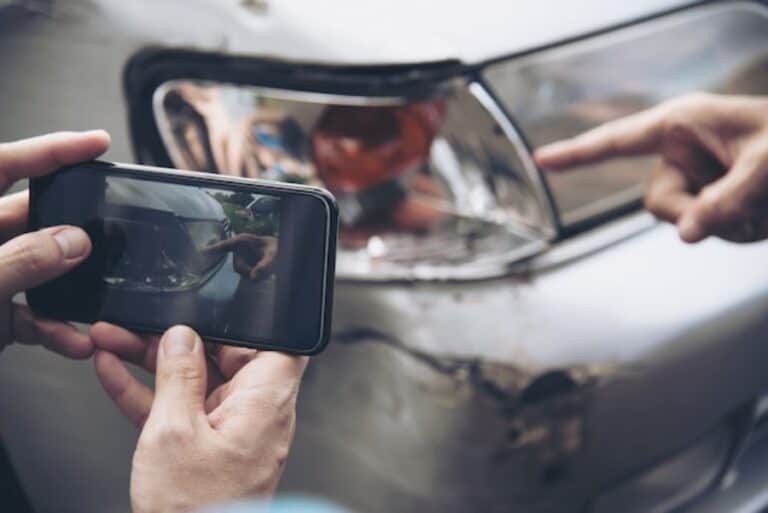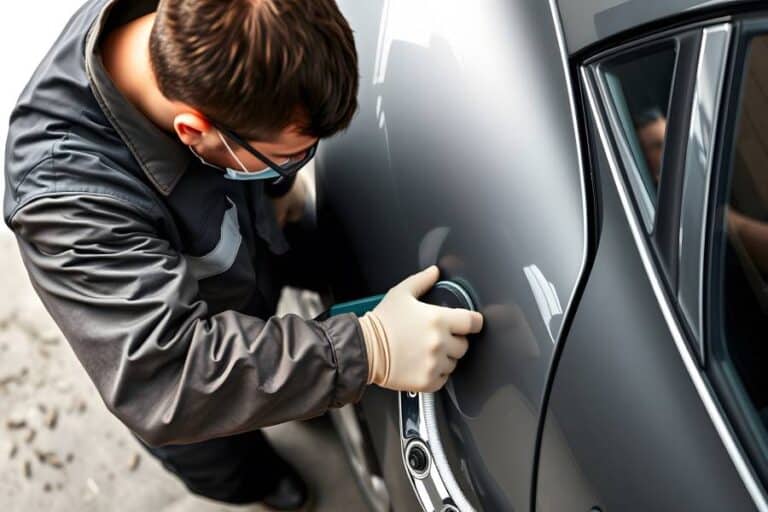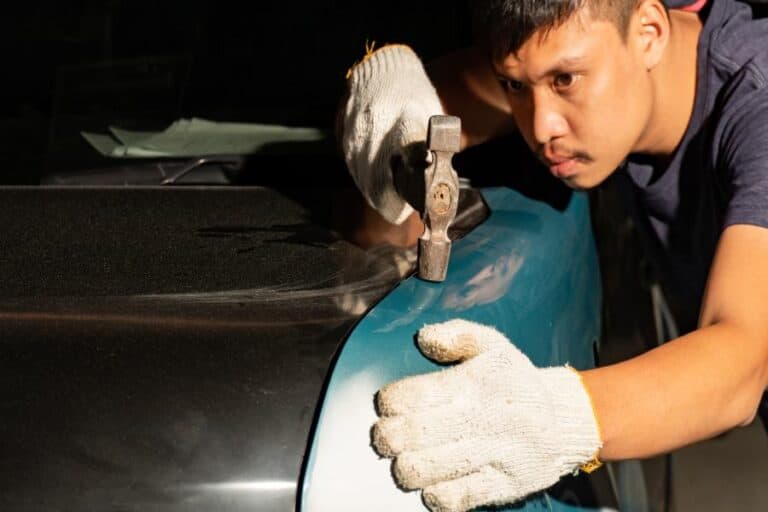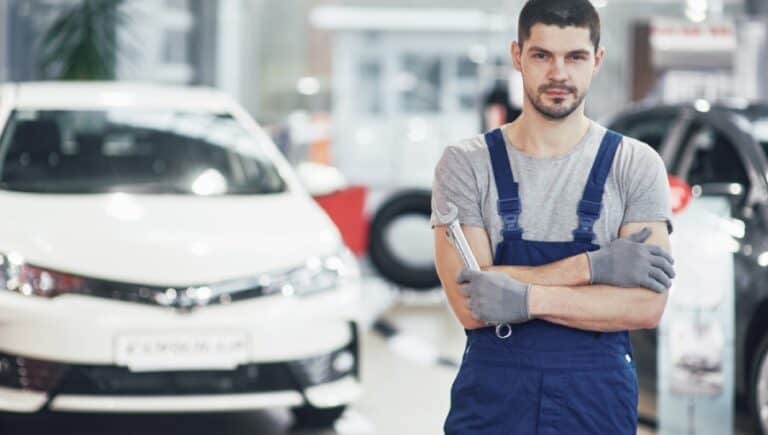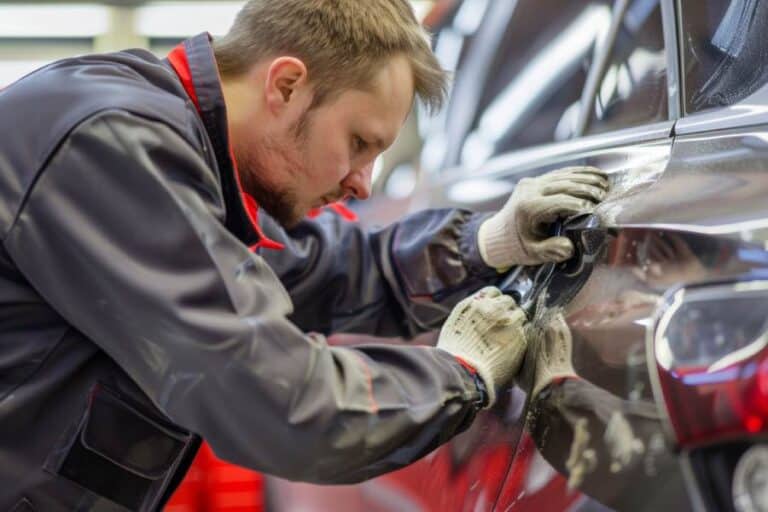Eco-Friendly Collision Repair: Sustainable Solutions For Vehicle Restoration
As environmental issues take center stage, the auto repair sector is adapting to prioritize sustainability. Green collision repair meets the urgent demand for responsible practices while appealing to consumers who value eco-conscious options. This article delves into sustainable approaches for vehicle restoration, showcasing environmentally friendly materials, methods, and technologies that are transforming the collision repair industry.
Understanding the Impact of Collision Repair
Historically, the methods used in collision repair have posed considerable risks to the environment. The application of volatile organic compounds (VOCs) found in paints and adhesives, along with energy-heavy traditional repair practices, results in a substantial ecological footprint for auto body repairs.
With the rising consciousness surrounding these matters, there has also been an increased interest in environmentally friendly collision repair solutions. More and more customers are looking for repair facilities that emphasize sustainable practices, prompting a transformation in the industry’s approach to vehicle restoration.
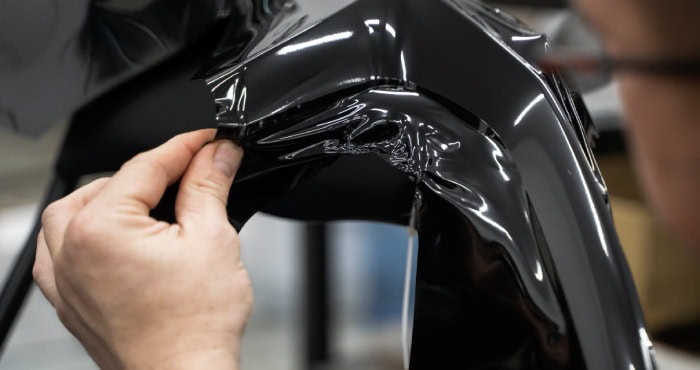
Sustainable Materials and Products
Water-Based Paints
Conventional automotive coatings typically have significant amounts of volatile organic compounds (VOCs), which can lead to air pollution and health hazards for employees. In contrast, water-based paints have become increasingly favored as a more environmentally friendly option. These formulations lower VOC emissions while maintaining outstanding color vibrancy and longevity.
Recycled and Upcycled Parts
Incorporating recycled or upcycled components is an excellent strategy for decreasing waste and lessening the ecological footprint of collision repairs. Numerous auto body shops are now obtaining parts from salvage yards or manufacturers that incorporate recycled materials into their offerings. This method not only helps preserve resources but frequently leads to considerable savings for customers as well.
Eco-Friendly Adhesives
Conventional adhesives often emit toxic substances that can harm the environment. Fortunately, numerous manufacturers are now producing environmentally friendly adhesives crafted from sustainable materials. These alternatives deliver comparable strength and durability to traditional options while minimizing environmental impact.
Energy Efficiency in Repair Facilities
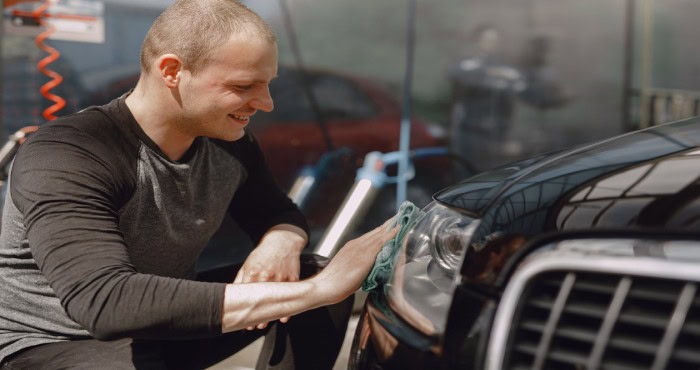
LED Lighting
Numerous auto body repair facilities are transitioning from conventional lighting to energy-efficient LED systems. These LEDs use far less power and last much longer, leading to decreased electricity costs and minimized waste.
Energy-Efficient Equipment
Implementing energy-saving tools is crucial for lowering energy usage in collision repair. Advanced machinery, including high-efficiency spray booths and ovens, is engineered to cut down on energy consumption while ensuring peak performance. By investing in this type of equipment, businesses can lessen their environmental footprint and potentially achieve significant cost savings over time.
Renewable Energy Sources
Certain automotive repair businesses are investigating the use of renewable energy options, like solar panels, to fuel their activities. By utilizing solar power, these shops can greatly decrease their environmental impact and dependence on fossil fuels.
Waste Management and Recycling
Effective waste management plays a vital role in any environmentally sustainable collision repair approach. Many repair shops are adopting recycling initiatives and optimal practices to handle waste efficiently.
- Hazardous Waste Disposal: Collision repair often involves the use of dangerous substances such as solvents and paint thinners. Environmentally conscious repair shops focus on the responsible disposal of these materials in compliance with environmental laws. Partnering with licensed hazardous waste disposal firms improves the safety of their operations.
- Recycling Programs: Implementing an extensive recycling initiative is essential for minimizing waste in auto body repair shops. By repurposing materials like metal, plastic, and glass and keeping them distinct from regular trash, these establishments can significantly lower their total waste production.
- Community Engagement: Numerous auto body repair businesses are taking an active role in their communities by organizing recycling events and hosting workshops focused on environmentally friendly practices. These efforts aim to increase awareness and cultivate a collective commitment to protecting the environment.
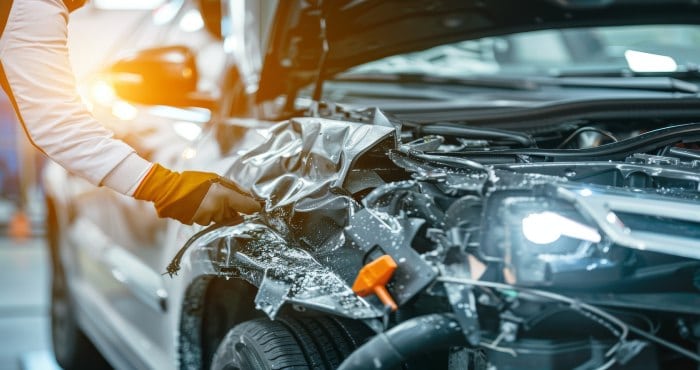
The Role of Technology
The collision repair industry is significantly enhanced by technology, which is pivotal in promoting environmentally friendly practices. Numerous technological advancements are contributing to greater sustainability:
Advanced Repair Techniques
Contemporary repair methods, like paintless dent repair (PDR), do away with conventional painting and bodywork approaches. PDR employs unique tools to gently push out dents from the metal, preserving the original paint job. This method is not only efficient in terms of time and resources but also minimizes the ecological footprint linked to repainting.
Digital Estimating Tools
Digital estimation tools allow repair shops to generate precise quotes without depending on traditional paper methods. By reducing paper waste and enhancing operational efficiency, these tools foster a more eco-friendly process.
Online Parts Ordering
The increase in online ordering for parts enables repair shops to obtain components more effectively, leading to a decrease in the environmental footprint linked to transportation. By utilizing digital platforms to purchase parts straight from manufacturers, these shops can lower surplus inventory and cut down on unnecessary shipping-related emissions.
Benefits of Eco-Friendly Collision Repair
Opting for environmentally friendly collision repair provides a variety of advantages for customers, repair facilities, and the planet.
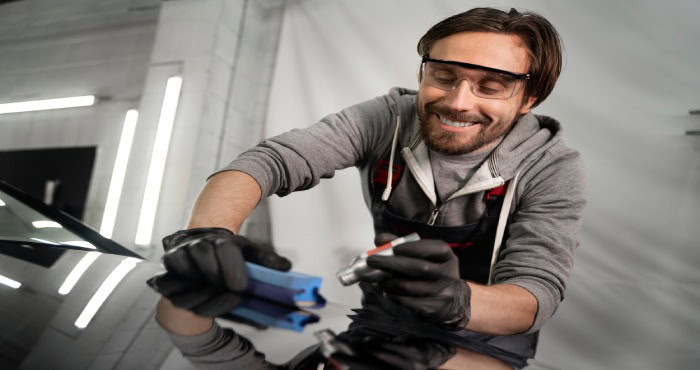
- Cost Savings: Although the upfront costs for adopting sustainable methods may be greater, environmentally friendly collision repair can result in significant savings over time. Decreased energy usage, diminished waste disposal expenses, and possible government subsidies for utilizing eco-friendly materials can all enhance financial performance.
- Enhanced Reputation: Auto repair businesses that focus on sustainable practices can improve their image and draw in customers who care about the environment. By highlighting their green initiatives, these shops can set themselves apart in a crowded marketplace and foster lasting relationships with their clientele.
- Environmental Stewardship: In the end, the primary advantage of environmentally friendly collision repair lies in its beneficial effects on our planet. By implementing sustainable methods, auto repair facilities can minimize their carbon emissions, preserve natural resources, and play a role in fostering a healthier environment.
Sustainable collision repair goes beyond being a fad; it signifies an essential transition towards eco-consciousness within the automotive repair sector. By adopting cutting-edge materials, energy-saving methods, responsible waste handling, and modern technology, repair facilities can reduce their ecological footprint while addressing the rising consumer preference for sustainable alternatives. Collision repair shops that evolve with this trend will enhance their business prospects and play a vital role in fostering a greener future for our planet.

